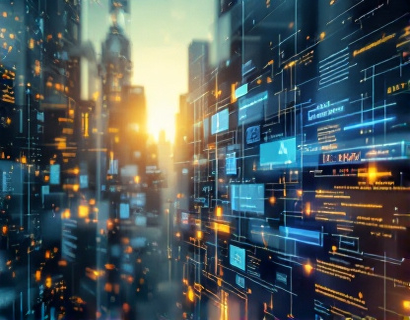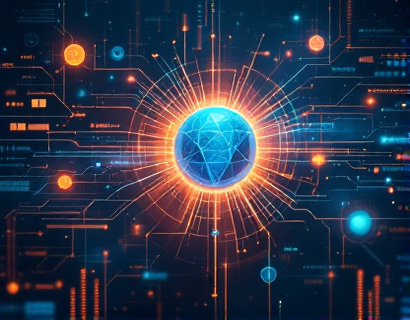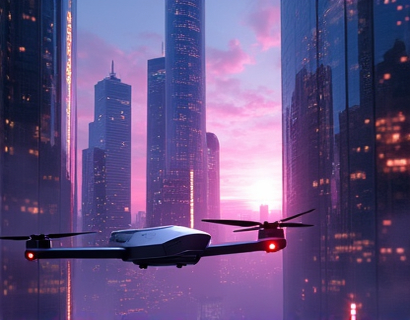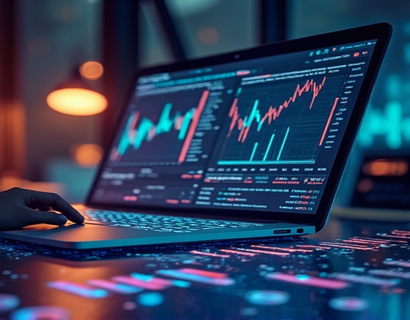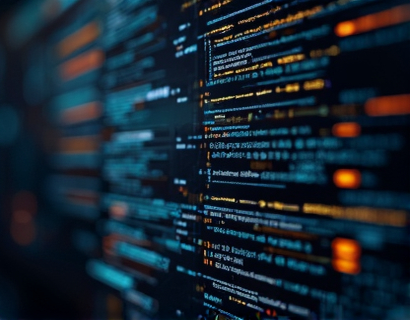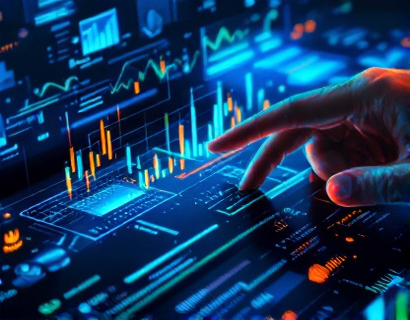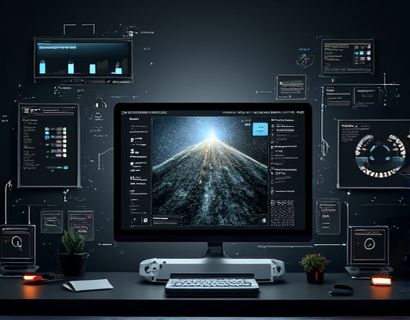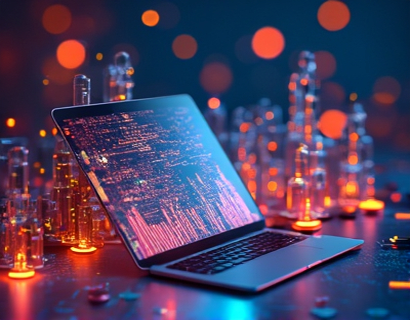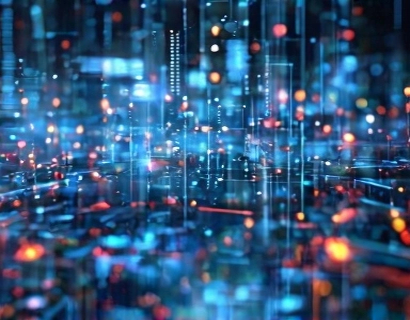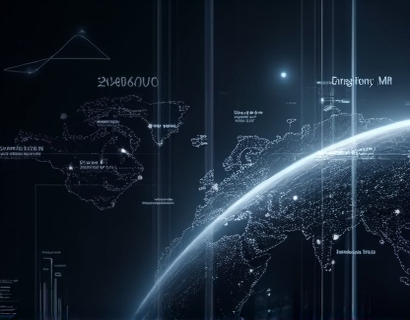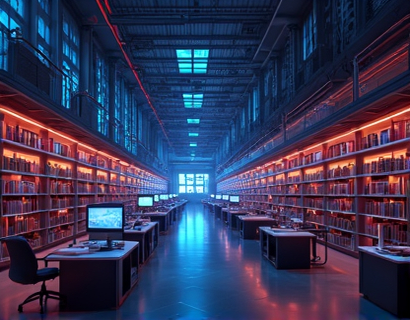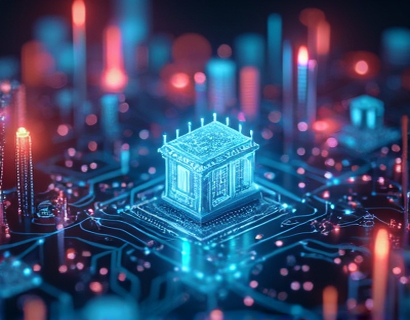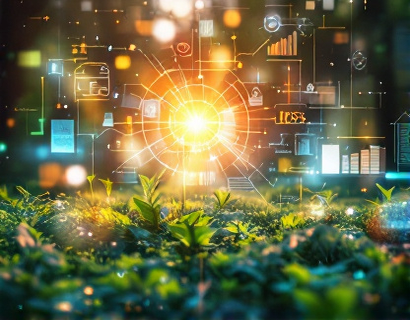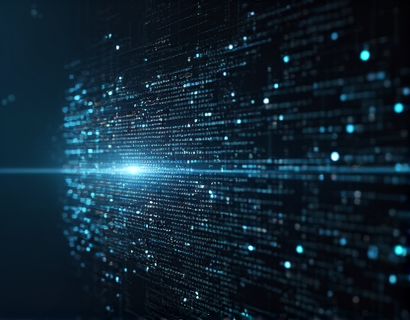Transform Aquaponics Management: Leveraging Advanced Software for Optimal Business Success and Sustainability
In the rapidly evolving world of sustainable agriculture, aquaponics stands out as a promising method that combines fish farming and hydroponic plant cultivation in a symbiotic environment. This innovative approach not only maximizes space and resource efficiency but also offers a sustainable alternative to traditional farming methods. However, managing an aquaponics system effectively requires precise monitoring, control, and optimization to ensure the health and productivity of both fish and plants while minimizing environmental impact. Advanced software solutions are revolutionizing aquaponics management by providing farmers and businesses with the tools they need to achieve these goals. This article delves into the benefits of leveraging advanced software in aquaponics, focusing on how these tools can streamline operations, boost productivity, and enhance sustainability.
Understanding the Challenges of Aquaponics Management
Aquaponics systems, while highly efficient, come with unique challenges that require careful management. Maintaining optimal water quality is crucial, as fluctuations in parameters such as pH, ammonia, nitrite, and nitrate levels can adversely affect both fish and plant health. Temperature, oxygen levels, and light conditions also play vital roles in the success of an aquaponics system. Additionally, balancing the biological, chemical, and physical processes within the system demands a deep understanding of both aquaculture and hydroponics. Traditional management methods often rely on manual monitoring and adjustments, which can be time-consuming and prone to human error. This is where advanced software solutions come into play, offering a more precise and efficient approach to aquaponics management.
Streamlining Operations with Advanced Software
Advanced software for aquaponics management integrates various sensors and control systems to create a comprehensive monitoring and control platform. These tools allow farmers to monitor and adjust key parameters in real-time, ensuring that the system operates within optimal ranges. For instance, sensors can continuously measure water temperature, pH, and nutrient levels, sending alerts if any values fall outside the desired range. This real-time data enables immediate corrective actions, preventing potential issues from escalating and causing damage to the system.
Moreover, advanced software can automate routine tasks such as feeding schedules for fish and nutrient dosing for plants. By setting up automated routines, farmers can save time and reduce the risk of over- or under-feeding, which can lead to water quality issues. The automation feature also ensures consistency in care, which is essential for maintaining a healthy and productive aquaponics system. For example, an automated feeding system can release the exact amount of feed at specific intervals, based on the growth stage and appetite of the fish, optimizing feed conversion rates and reducing waste.
Enhancing Productivity Through Data Analytics
One of the most significant advantages of advanced software in aquaponics is its ability to provide deep insights through data analytics. By collecting and analyzing data over time, farmers can identify trends, patterns, and correlations that inform better decision-making. For instance, analyzing growth rates, feed conversion ratios, and yield data can help optimize the balance between fish and plant populations. This data-driven approach ensures that the system is operating at its maximum potential, leading to higher productivity and profitability.
Additionally, advanced software can integrate with market data and weather forecasts to predict and adapt to external factors that may impact the aquaponics system. For example, if a heatwave is forecasted, the system can preemptively adjust cooling mechanisms to maintain optimal water temperatures. This proactive approach not only protects the health of the fish and plants but also ensures consistent production, even in challenging environmental conditions.
Promoting Sustainability with Precision Management
Sustainability is a core principle of aquaponics, and advanced software plays a crucial role in achieving this goal. By optimizing resource use and minimizing waste, these tools help reduce the environmental footprint of aquaponics operations. Precise monitoring and control of water parameters prevent overuse of chemicals and energy, while automated systems ensure that resources are used efficiently. For example, precise nutrient dosing based on real-time plant needs reduces the risk of nutrient runoff, which can pollute surrounding water bodies.
Furthermore, advanced software can help farmers implement best practices for water conservation. By recycling and reusing water within the system, aquaponics already uses significantly less water than traditional farming methods. Advanced software can enhance this efficiency by detecting leaks, optimizing water circulation, and ensuring that water is used only where needed. This not only conserves a precious resource but also reduces operational costs, making aquaponics a more viable and sustainable option for farmers.
Case Studies and Real-World Applications
Several aquaponics farms and businesses have successfully implemented advanced software solutions to transform their operations. One notable example is a large-scale aquaponics facility in the United States that integrated a comprehensive management software system. This system included real-time monitoring of water quality parameters, automated feeding and dosing, and data analytics for performance tracking. As a result, the farm saw a 30% increase in fish growth rates and a 20% reduction in energy consumption. The data insights provided by the software also helped the farm optimize its crop selection and planting schedules, leading to a 15% increase in plant yields.
Another case study involves a small-scale urban aquaponics operation in a densely populated city. The farmer used a user-friendly software platform to manage his system, which included sensors for temperature, pH, and oxygen levels, as well as automated feeding and lighting controls. The software's dashboard provided real-time data and alerts, allowing the farmer to monitor the system remotely. This setup not only simplified management but also enabled the farmer to grow a diverse range of crops year-round, despite the urban environment. The farm's sustainability efforts, supported by the software, helped reduce its carbon footprint and contributed to the local food supply.
Challenges and Considerations in Implementing Advanced Software
While the benefits of advanced software in aquaponics are clear, there are several challenges and considerations to keep in mind when implementing these tools. One of the primary challenges is the initial cost of setting up a comprehensive monitoring and control system. High-quality sensors and control devices can be expensive, and the upfront investment may be a barrier for small-scale farmers or those with limited budgets. However, the long-term benefits in terms of increased productivity, reduced resource use, and improved system reliability often justify the initial expense.
Another consideration is the need for technical expertise to install, configure, and maintain the software system. Farmers may require training to fully leverage the features of the software, and ongoing support may be necessary to address any issues that arise. Collaborating with technology providers that offer training and support services can help mitigate this challenge. Additionally, ensuring compatibility between different components of the system, such as sensors, controllers, and software platforms, is crucial for seamless operation.
Future Trends in Aquaponics Software
The field of aquaponics software is rapidly evolving, with new technologies and innovations on the horizon. One emerging trend is the integration of artificial intelligence (AI) and machine learning (ML) to further enhance system optimization. AI algorithms can analyze vast amounts of data to identify optimal operating conditions and predict potential issues before they occur. For example, ML models can learn from historical data to predict fish health issues based on changes in behavior or water parameters, allowing for early intervention and prevention of disease outbreaks.
Another exciting development is the use of Internet of Things (IoT) devices to create more interconnected and intelligent aquaponics systems. IoT sensors can be deployed throughout the facility to collect data on a wide range of parameters, from environmental conditions to equipment performance. This data can be aggregated and analyzed in real-time, providing a holistic view of the system's operation. IoT integration also enables remote monitoring and control, making it easier for farmers to manage their systems from anywhere.
Furthermore, the development of user-friendly software interfaces is making advanced management tools more accessible to a broader range of farmers. Intuitive dashboards and mobile applications allow users to monitor and control their systems on-the-go, ensuring that they can respond quickly to any changes. As technology continues to advance, we can expect even more sophisticated and user-friendly solutions to emerge, further democratizing access to advanced aquaponics management.
Conclusion
Advanced software solutions are transforming aquaponics management by providing precise monitoring, control, and optimization tools. These technologies streamline operations, boost productivity, and enhance sustainability, making aquaponics a more viable and efficient farming method. By embracing these tools, aquaponics farmers and businesses can achieve optimal system performance, reduce environmental impact, and contribute to a more sustainable future. While there are challenges to consider, the long-term benefits and potential for innovation make advanced software an essential component of modern aquaponics management.




